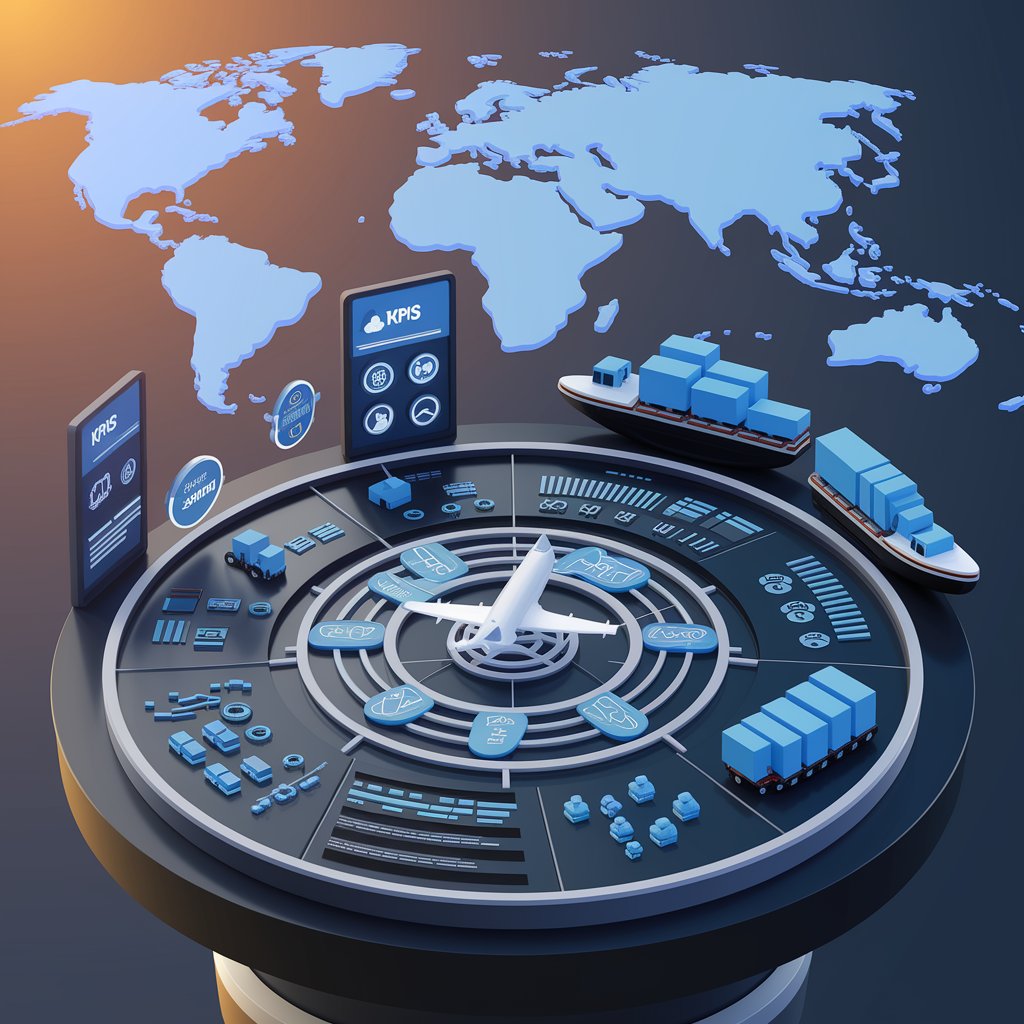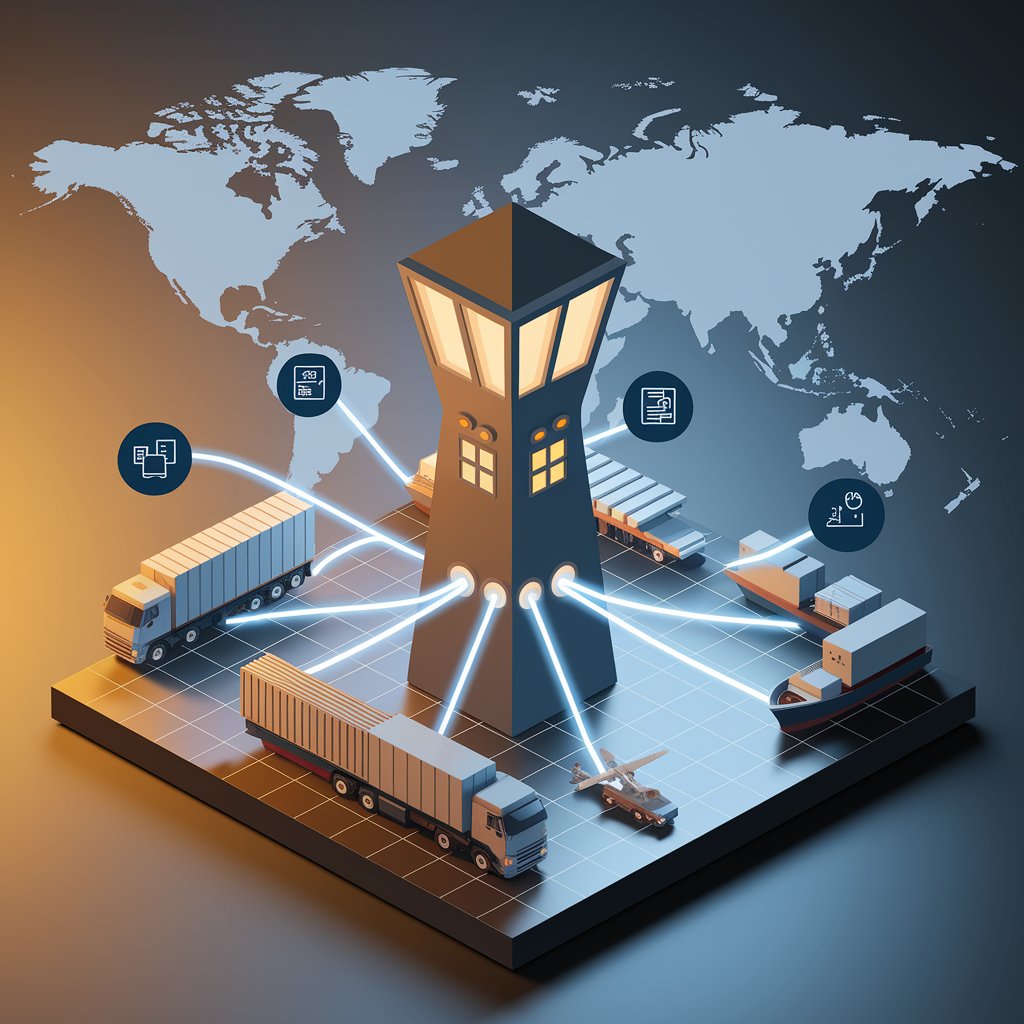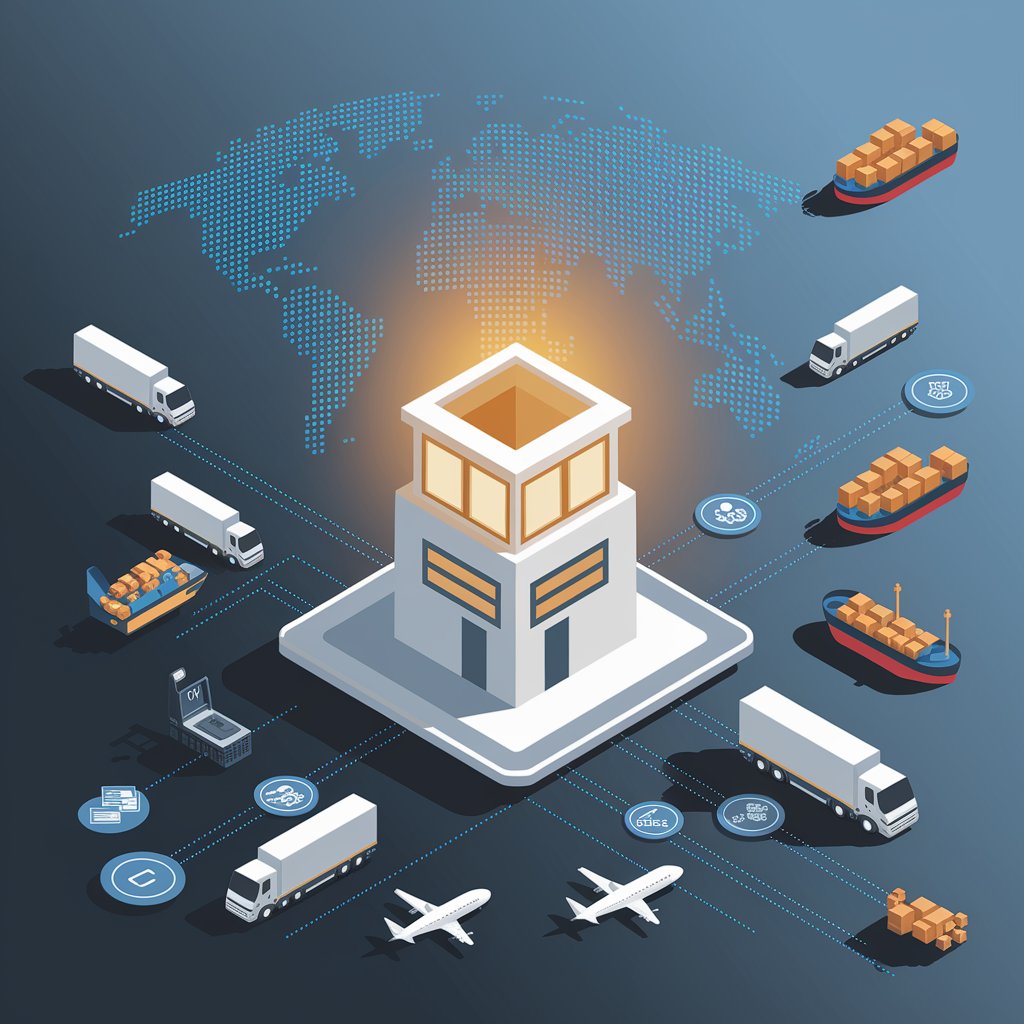Freight Management: What It Is and Why It’s the Backbone of Modern Logistics
In this guide, you’ll learn what freight management involves, its benefits, challenges, and how modern tools are transforming the way companies handle logistics.

🚚 What Is Freight Management?
Freight management refers to the strategic planning, execution, and optimization of transporting goods—whether by land, sea, or air. It encompasses everything from route planning and carrier selection to shipment tracking, documentation, and cost analysis.
In short, is the end-to-end control of product movement across the supply chain.
🧩 Key Components of Freight Management
Here’s what’s included in a modern operation:
Component | Function |
🚛 Carrier Selection | Choose the best transport mode and partner |
📦 Shipment Planning | Schedule and consolidate loads to reduce costs |
⛴️ Mode Optimization | Balance cost, speed, and reliability across air, ocean, and truck |
📄 Documentation | Manage B/Ls, invoices, customs forms, and more |
🔎 Tracking & Visibility | Monitor freight location and delivery status |
💰 Freight Billing & Auditing | Review charges, avoid overbilling, and control budget |

📈 Why Freight Management Matters
Smart freight management provides critical value:
- ✅ Cost Savings – Reduce freight spend through optimized routing and carrier deals
- 🔍 Real-Time Visibility – Know where your shipments are at every step
- 📉 Risk Mitigation – Prevent delays, lost cargo, and compliance violations
- ⏱️ Faster Delivery – Shorten lead times and improve customer satisfaction
- 🧠 Strategic Insights – Use shipping data for forecasting and planning
Companies that master freight management outperform competitors with smoother, more resilient operations.
🧠 Freight Management vs. Freight Forwarding
Although closely related, these are not the same:
Freight Forwarding | Freight Management |
Arranges cargo transport | Oversees entire shipping process |
Often a 3rd-party service | Can be in-house or outsourced |
Focuses on logistics execution | Focuses on optimization and strategy |
In many cases, freight forwarding is part of a broader strategy.

🛠️ Modern Tools
Today’s companies use freight management software (FMS) to automate and streamline the process. Common features include:
- 📲 Digital dashboards
- 📊 Analytics & KPIs
- 🔗 Carrier integrations
- 🧾 Automated documentation
- 🚦 Exception alerts & status updates
Cloud-based FMS platforms like Linbis, TMS systems, and ERP integrations make it easier for teams to manage multiple shipments and carriers from one place.
🔄 Who Needs Freight Management?
- 🏭 Manufacturers shipping high volumes
- 🛒 eCommerce brands scaling globally
- 🏢 3PLs managing clients’ freight
- 🧾 Retailers with complex distribution networks
- 🌎 Import/export companies handling international logistics
Whether you ship 10 pallets a month or 10,000, effective boosts delivery performance and profit margins.

🔍 Challenges in Freight Management
Despite its benefits, can be complex:
- 🧱 Fragmented carrier networks
- 📉 Limited visibility with outdated tools
- 🌐 Customs and international compliance
- 🕒 Delivery delays and detention costs
- 💻 Lack of system integration
Modernizing your freight strategy is key to staying competitive.
🚀 Final Thoughts
Freight management is more than just moving boxes—it’s about controlling cost, risk, and efficiency across the supply chain. With the right strategy and technology, businesses can gain visibility, improve service levels, and scale smarter.
📦 Ready to streamline your logistics? Start by investing in tools that turn chaos into control.
